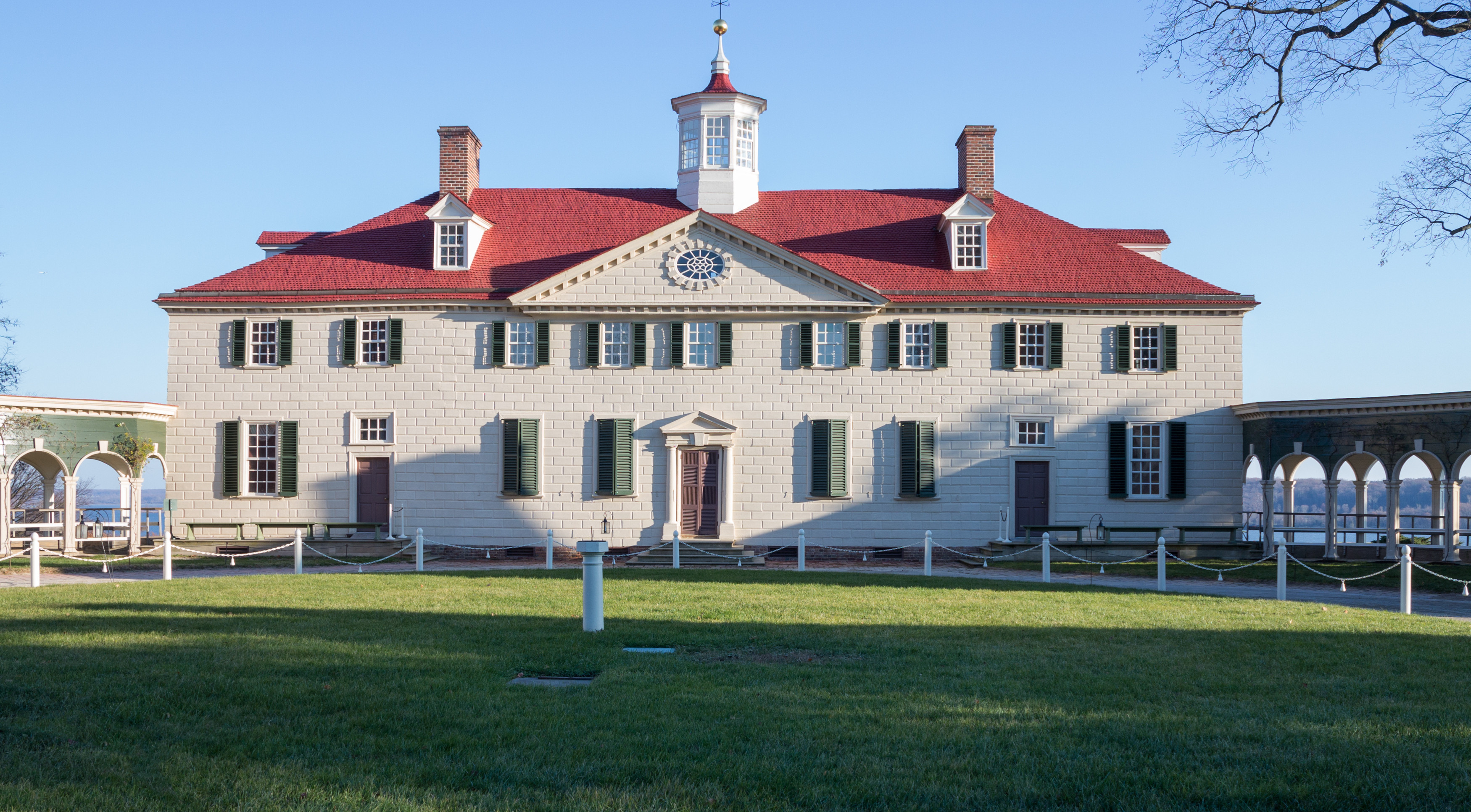Architecture and Organization
It’s 8 AM, you have a busy day ahead of you with a lot to accomplish. When you get to your work area you look down to notice that your hands are rapidly organizing everything around you into neat little piles. When you are finished, some of that nervous energy has faded away. You now feel energetic and confident in your ability to conquer your tasks. Whether you give yourself credit or not, you’re actually practicing certain elements of design and architecture (and helping your brain to concentrate too!).
Gestalt Theory, a psychological system developed in the 1920s studied the tendency for people to organize distinct visual elements (lines, angles, blocks, etc.) into groups that were not necessarily present. Since then, architects and designers have kept these principles in mind to create beautiful works of art.
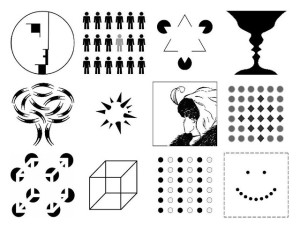
Examples of Gestalt Images. Each picture displays shapes that one’s brain organizes to create something not necessarily present.
Your brain likes this organization. In fact it craves it; which is why you chose to shape your environment in an organized way when you were under stress. Current research shows that organization helps to protect against depression, boost energy levels, and upgrade productivity.
These topics are increasingly interesting as we celebrate President’s Day. Many president’s and founding fathers of this nation were benefactors of excellent organizational skills. George Washington and Thomas Jefferson actually used their organizational skills to teach themselves the art of architecture. So get organized, relax and take a look at how these two Presidential greats structured their thoughts and designed some of the most influential pieces of American architecture.
George Washington
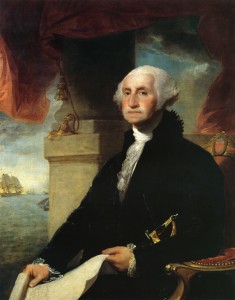
1st President of the United States: George Washington
While Jefferson was perhaps considered more philosophical, George Washington was the quintessential leader. Washington’s organizational skills are widely regarded as the catalyst for winning the Revolutionary war. Let’s look at how he organized his military and government affairs to foster success:
- He court-martialed any soldier who committed “unsanitary behavior” and ensured that latrines were kept clean, thus keeping his troops safe from infection and disease.
- Washington organized his network to include experts in every field. Henry Knox was extremely knowledgeable in military weapons and added an artillery company to every infantry unit, helping the Continental Army to defeat the British.
- Washington was responsible for creating the Department of State, Department of War, and the Department of the Treasury.
Here we see how Washington saw great value in having his affairs organized in an efficient manner, heeding the advice of relevant experts, and leading via a structured approach. Washington utilized many of these same tactics when designing and building his famous home, Mount Vernon:
- Washington situated a cupola on his roof to signify his social position, usually these were reserved for governmental institutions and churches.
- Washington drew on the classic architectural principles of Andrea Palladio, incorporating several arching Palladian windows throughout the home.
- Added a 2-story Piazza to the Potomac River facing side of the house; one of the first in America to that point.
Washington’s design methods represent a similar organizational pattern seen in his professional life. Similar to his delegation of responsibilities to relevant experts, Washington consulted several books on design that detailed Greek, Roman and English architectural styles. Like the challenges that faced the Founding Fathers when they were organizing the Federal government, Washington implemented many solutions to problems that plagued the building of Mount Vernon.
As the design progressed it became impossible to keep the entrance in a symmetrical location for the whole building. Seeing opportunities to blend some of his favorite architectural styles together, Washington was able to solve the symmetry problems (mostly) by using his creativity to form a new style of his own. By shifting both the cupola and the windows to the right Washington was able to make the door appear in the center from most locations around the property.
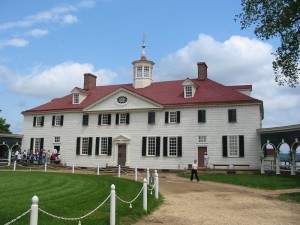
Thomas Jefferson
Thomas Jefferson is one of the leaders of American philosophy, influential writer of the Declaration of Independence, and the third President of The United States. He was fluent in six languages, invented the swivel chair, and was responsible for the Louisiana Purchase. Here’s a look at how Jefferson’s everyday organization skills helped him to become successful:
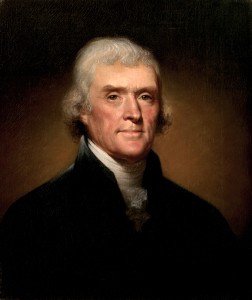
- Jefferson started his day before sunrise each day and recorded the temperature. He repeated this process every day at 4 PM, distributing his records among others and eventually starting a meteorological database.
- From sunrise to 1 PM he wrote letters dealing in scholarly matters, family correspondence, civil order, and leading scientific and mathematical topics of the time.
- A look at one of these correspondences to his 15 year old daughter perfectly represents his dedication to an organized life:
- From 8 to 10 o’clock practice music.
- From 10 to 1 dance one day and draw another.
- From 1 to 2 draw on the day you dance, and write a letter the next day.
- From 3 to 4 read French.
- From 4 to 5 exercise yourself in music.
- From 5 till bedtime read English, write, etc.
This daily routine reflects Jefferson’s dedication to organizing the day into several different modes of accomplishment. While he tended to focus intensely on a specific category, Jefferson’s interests were wide and covered several topics. A self-taught student of architecture, Jefferson began construction on his design for his new home, Monticello. The home sits atop a large hill and faced architectural challenges of its own:
- Monticello was originally designed using Roman traditions such as columns, pediments, and spiral stairs
- Monticello underwent several re-designs
- Later went on to completely design the University of Virginia and the Virginia State Capitol in Richmond, VA.
Like the beginning of his day, Jefferson’s design featured an early focus on a strict form. As time went on Jefferson became more playful and creative with his design. Monticello’s design went into a state of flux when Jefferson went to France in 1784. While in France, Jefferson visited homes with domes, skylights, and privies. Upon returning from France he altered his original design to feature a giant glass dome and a total of twelve skylights throughout the home. The home features Jefferson’s strict dedication to organization while incorporating new and exciting developments of the time.
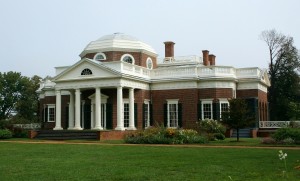
Follow us on Twitter and LinkedIn to catch more interesting architectural history!
